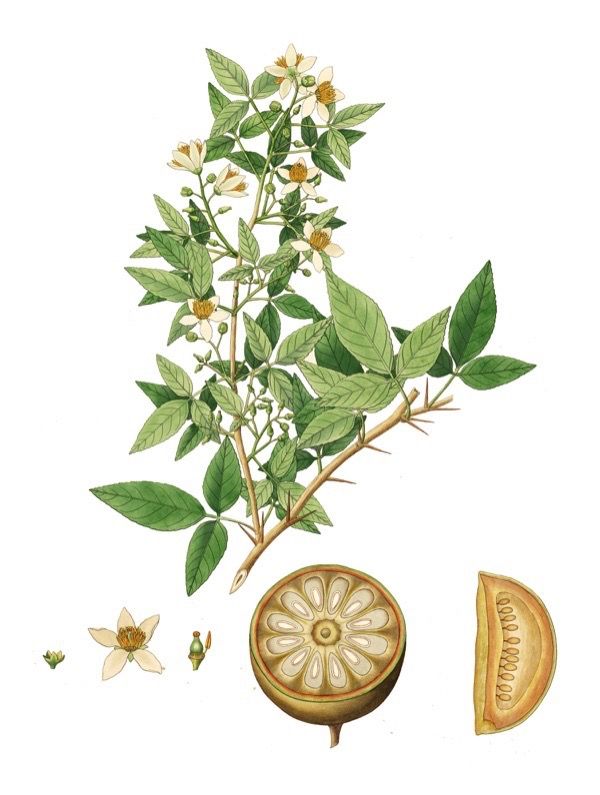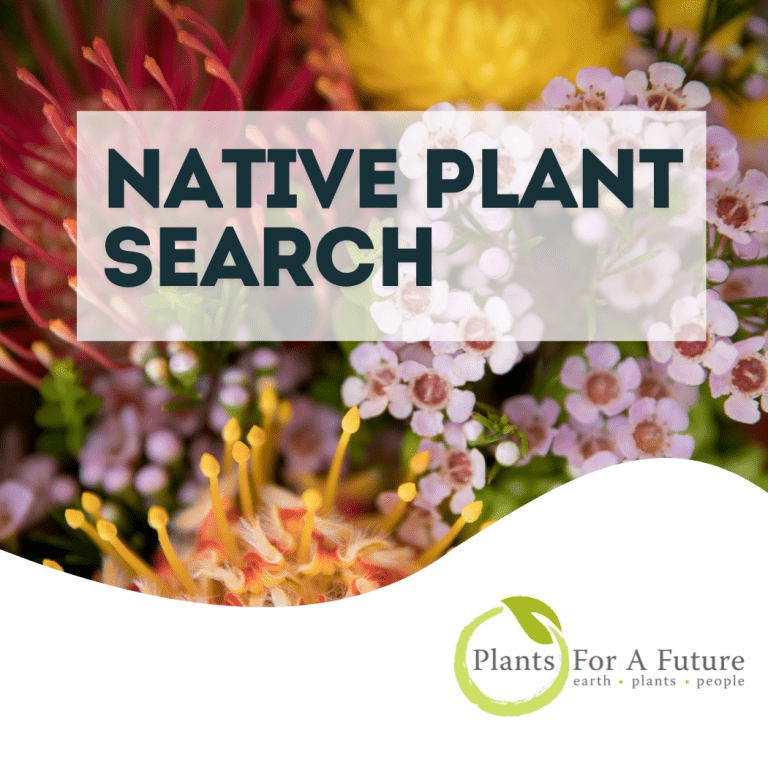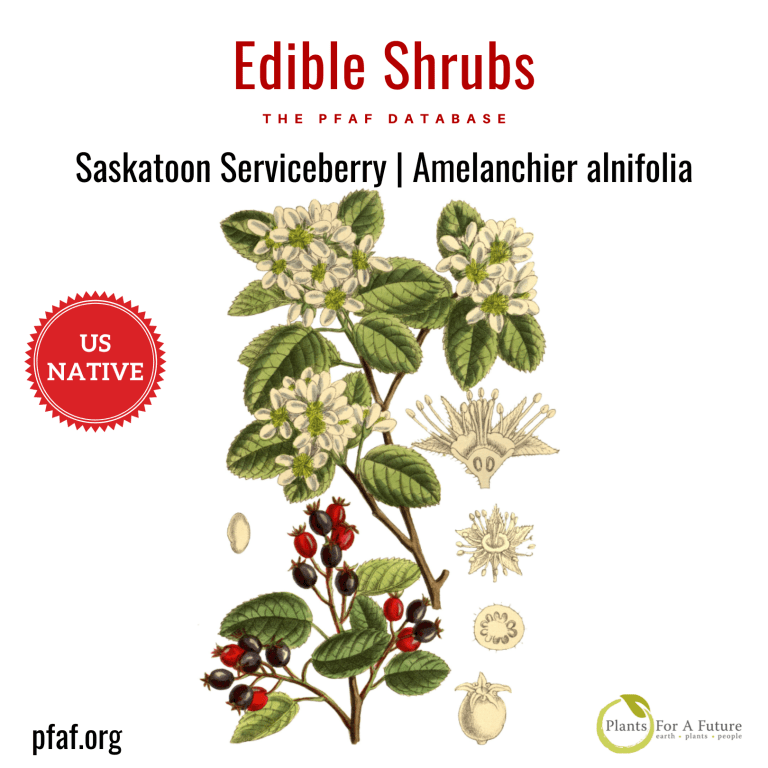Aegle marmelos – Bael Tree, Golden Apple or Bengal Quince – is a mid-size, slow-growing deciduous tree native to India growing up to 18m in the right conditions. The fruits, leaves, twigs and root of the Bael tree are used medicinally. The tree is considered to be sacred by Hindus. Its fruits are used in traditional medicine, and as food. It requires a pronounced dry season to give fruit. The orange fruits have an aromatic, pleasant-flavoured yellow pulp that is eaten either fresh or dry. The leaves and small shoots are eaten as salad greens. Flowers are fragrant.
Edible portion: Fruit, Leaves condiment, Spice, Vegetable. Fruit – eaten raw or made into marmalades, jams, jellies, drinks etc. The orange fruits have an aromatic, pleasant-flavoured yellow pulp. At ripening the pulp contains scented mucilage, which has a sweet flavour. The fruit may be cut in half, or the soft types are broken open, and the pulp, dressed with palm sugar, eaten for breakfast. It contains a significant quantity of vitamin C. The fruit is a subglobose berry 50 – 125mm in diameter with a hard woody shell. Young leaves and shoots – cooked as a vegetable or used as a condiment. They are said to reduce the appetite. An infusion of the flowers forms a refreshing beverage. Nutrition. Fruit: Moisture% 58. Energy KJ 577. Energy Kcal 138. Protein g 2.3. Vit A ug 0.13. Vit c mg 219. Iron mg 0.55.
The fruits, leaves, twigs and root of the bael tree are used medicinally. They contain coumarins, flavonoids, alkaloids, tannins and oil. The dried pulp is astringent. It reduces irritation in the digestive tract and is an excellent remedy in cases of diarrhoea and dysentery. A decoction of the astringent unripe fruit, combined with fennel and ginger, is prescribed in cases of haemorrhoids. A decoction of the unripe fruit is highly valued as an aphrodisiac and has gained a reputation of being the viagra of the plant world. The ripe fruit is also laxative and demulcent. It eases stomach pain and supports healthy function of the stomach. It has been surmised that the psoralen in the pulp increases tolerance of sunlight and aids in the maintaining of normal skin colour. It is employed in the treatment of leucoderma. Marmelosin derived from the pulp is given as a laxative and diuretic. In large doses, it lowers the rate of respiration, depresses heart action and causes sleepiness. For medicinal use, the young fruits, while still tender, are commonly sliced horizontally and sun-dried and sold in local markets. They are much exported to Malaysia and Europe. Because of the astringency, especially of the wild fruits, the unripe bael is most prized as a means of halting diarrhoea and dysentery, which are prevalent in India in the summer months. The leaves are astringent and are used in the treatment of peptic ulcers. The dried root is used in the treatment of earache. It is dipped in the oil of the neem tree (Azadirachta indica) then set alight – the oil from the burning end is then dripped into the ear. This practice is not recommended!
There are some other uses including a living barrier, large Planter (pot) and as a Xerophtic. The plant has sometimes been used as a hedge – the spiny branches serving to make an effective barrier. Other Uses The stems are used as chewsticks. There is as much as 9% tannin in the pulp of wild fruits, less in the cultivated types. The rind contains up to 20%, whilst it is also present in the leaves. The rind of the unripe fruit is employed in tanning and also yields a yellow dye for calico and silk fabrics. The essential oil of the leaves contains d-limonene, 56% a-d-phellandrene, cineol, citronellal, citral; 17% p-cyrnene, 5% cumin aldehyde. The limonene-rich oil has been distilled from the rind for scenting hair oil. A pungent essential oil obtained from the fruit rind is used in making perfumes and soap. A leaf extract from the plant has been found to have insecticidal activity against the brown planthopper, an important pest of rice plant in Asia. The shells of the dried fruits with the pulp removed are used as cups and small containers. They have been fashioned into ornamental pill and snuff boxes, sometimes decorated with gold and silver. The mucilage, or gum, around unripe seeds is used as an adhesive and household glue. The gum enveloping the seeds is most abundant in wild fruits and especially when they are unripe. It is commonly used as a household glue and is employed as an adhesive by jewellers. It is mixed with lime plaster for waterproofing wells and is added to cement when building walls. Artists add it to their watercolours, and it may be applied as a protective coating on paintings. The gum around the seeds is sometimes resorted to as a soap substitute. The fruit pulp has detergent action and has been used for washing clothes. The grey-white wood is strongly aromatic when freshly cut. It is fine-grained, hard, but not durable; takes a fine polish. Generally available in smaller dimensions, it is often utilized for carving and making small objects such as small-scale turnery, tool and knife handles, pestles and combs. When larger sizes are available it has been used for carts and construction, though it is inclined to warp and crack during curing. The wood can be used for fuel.
Cultivation details. The plant is a hardy, deciduous tree that can be grown in tropical and sub-tropic areas, being tolerant of harsh conditions, including extremes of temperature. It succeeds from sea level to an elevation of 1,200 metres where the mean annual temperature can range from -6 to 48°c. In Thailand, it only flowers and fruits well where there is a prominent dry season. Does best on rich, well-drained soils, but can tolerate poor soils and alkaline conditions. It also grows well in swampy, alkaline or stony soils having pH range from 5 to 8. It has gained the reputation of thriving where other fruit trees cannot survive. Plants are very drought tolerant. Seedling trees begin to crop when 6 – 7 years old, vegetatively propagated plants bear fruit after 5 years and full bearing can be attained in about 15 years. A tree may yield as many as 800 fruits in a season, but an average crop is 150 to 200, or, in the better cultivars, up to 400. The fruit ripens in the dry season when most leaves have been shed in anticipation of bloom for the next crop. The plant responds well to coppicing.
The plant is commonly grown from seed in nurseries and transplanted into the field. Seedlings show great variation in form, size, the texture of rind, quantity and quality of pulp and number of seeds. Root suckers. Budding onto seedling stocks.
Bael Tree is also known as: Bak tuum, Beel, Bel, Belpatri, Belthei, Bil, Bila, Bilak, Bili, Bilpatre, Bilva, Bnau, Chilongpak chi, Golden apple, Indian bael, Indian quince, Kawista, Ma pin, Maak tum, Maja batu, Maja ingus, Maja, Maredoo, Maredu, Marmelo, Matoon, Matum, Muredu, Okshit, Opesheet, Phneu, Pnoeu, Sinje dari, Sirphal, Soh-bel, Toum, Tum, Vilva marum, Vilvam, Vilvan, Yod maak tuum.
Common Name: Bael Tree, Golden Apple, Bengal Quince
Aegle marmelos
Family: Rutaceae
USDA hardiness: 10-12
Size: Growing to 10 m (32ft) by 5 m (16ft) at a slow rate.
Known Hazards: The leaves are said to cause abortion and sterility in women. The bark is used as a fish poison.
Habitats: Dry forests on hills and plains, also in mixed deciduous and dry dipterocarp forests.
Range: E. Asia – India, Nepal, Myanmar, Andaman and Nicobar Islands.
Edibility Rating: 3
Other Uses: 4
Medicinal Rating: 4
Weed Potential: No
Frost tender.
Soil: Suitable for: light (sandy), medium (loamy) and heavy (clay) soils and prefers well-drained moist soil.
pH: acid, neutral and basic (alkaline) soils and can grow in very acid and very alkaline soils.
Light: It cannot grow in the shade.
The plant is not wind tolerant.

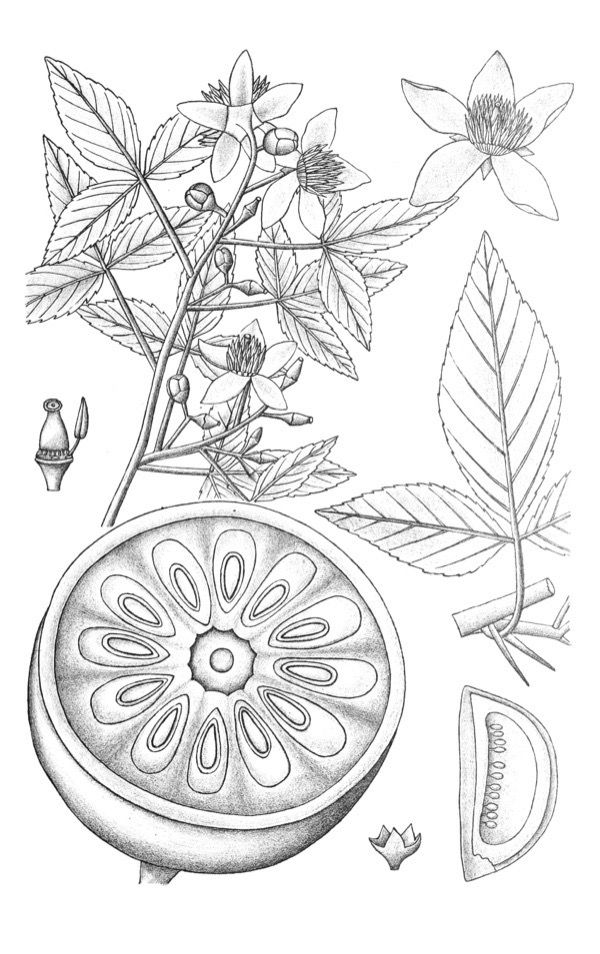
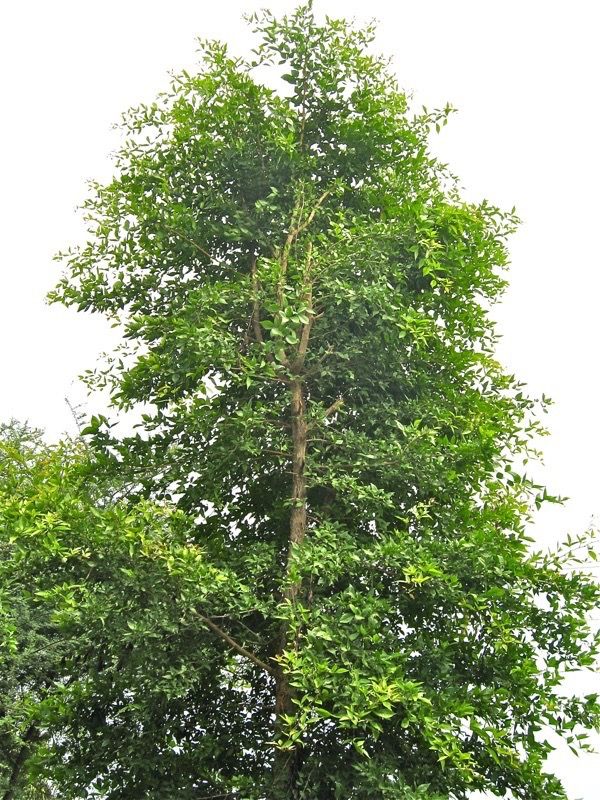
Database Entry http://www.pfaf.org/user/Plant.aspx?LatinName=Aegle+marmelos

